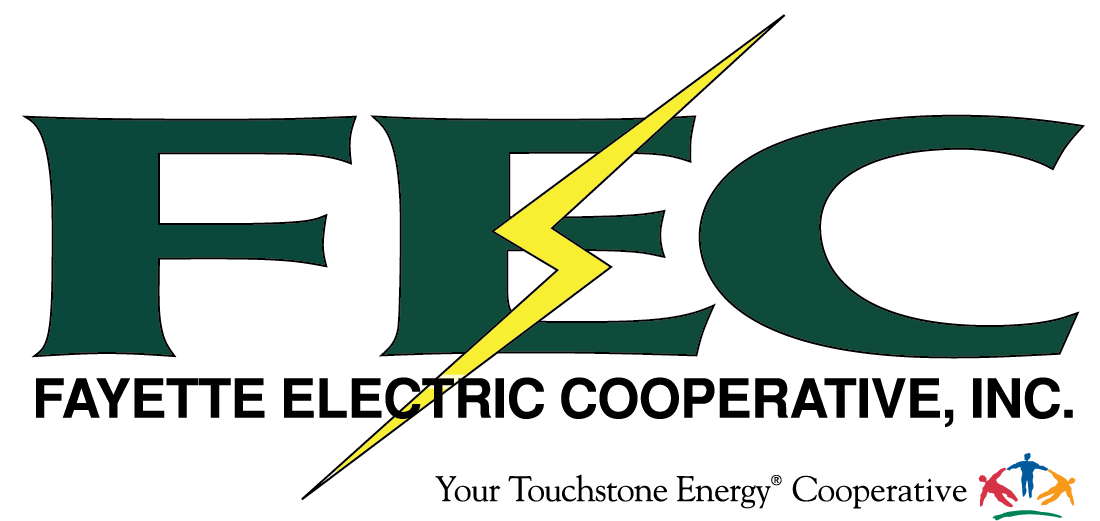CONTACT US: (979) 968-3181 or (866) 968-3181 | PAY BY PHONE: (844) 971-1048 | TEXT "OUT": (844) 971-1048
The History of Fayette Electric Cooperative
The History of Fayette Electric Cooperative
Like most farms in the United States in the early 1930s, Fayette County had no electricity. But that was soon to change because President Franklin D. Roosevelt had a bold vision.
In 1935, the Rural Electrification Administration was established as a unit of the U. S. Department of Agriculture by an executive order of President Roosevelt. At that time, only 10 percent of the farms and ranches in the United States were receiving electric power from a central-station generator. The order signed by Roosevelt authorized the REA to extend loans to build electric power facilities in rural areas.
In 1936, Congress passed the Rural Electrification Act which provided that cooperatives and public bodies would be given preference in allocating REA loans.
Fayette Electric Cooperative had its birth on May 12, 1937, when a group of influential local farmers met and formed the Fayette County Committee on Rural Electrification. A brisk campaign got underway to sign up local farmers as members for a fee of $5 each. By early October 1937, the local project was temporarily allotted $100,000 to build 100 miles of line to serve the original 200-plus applicants.
By November 1937, the new venture had a permanent name – Fayette Electric Cooperative, Inc. The Articles of Incorporation were signed, thereby making application to the Secretary of State for a Charter to do business under the special Rural Electric Cooperative bill.
In late October 1938, the switch was thrown and members along the first 50 miles of line in Fayette County saw electricity on their farms for the first time. One house at a time, rural folks entered the modern world.
Over the years, the number of FEC members grew rapidly. Today, FEC maintains over 3,000 miles of line serving more than 10,500 members in parts of seven counties – Fayette, Bastrop, Lee, Washington, Austin, Colorado and Lavaca counties.
As the membership grows, Fayette Electric Cooperative will continue to strive to provide reliable, cost-effective service to our members while supporting the communities in which we operate.
